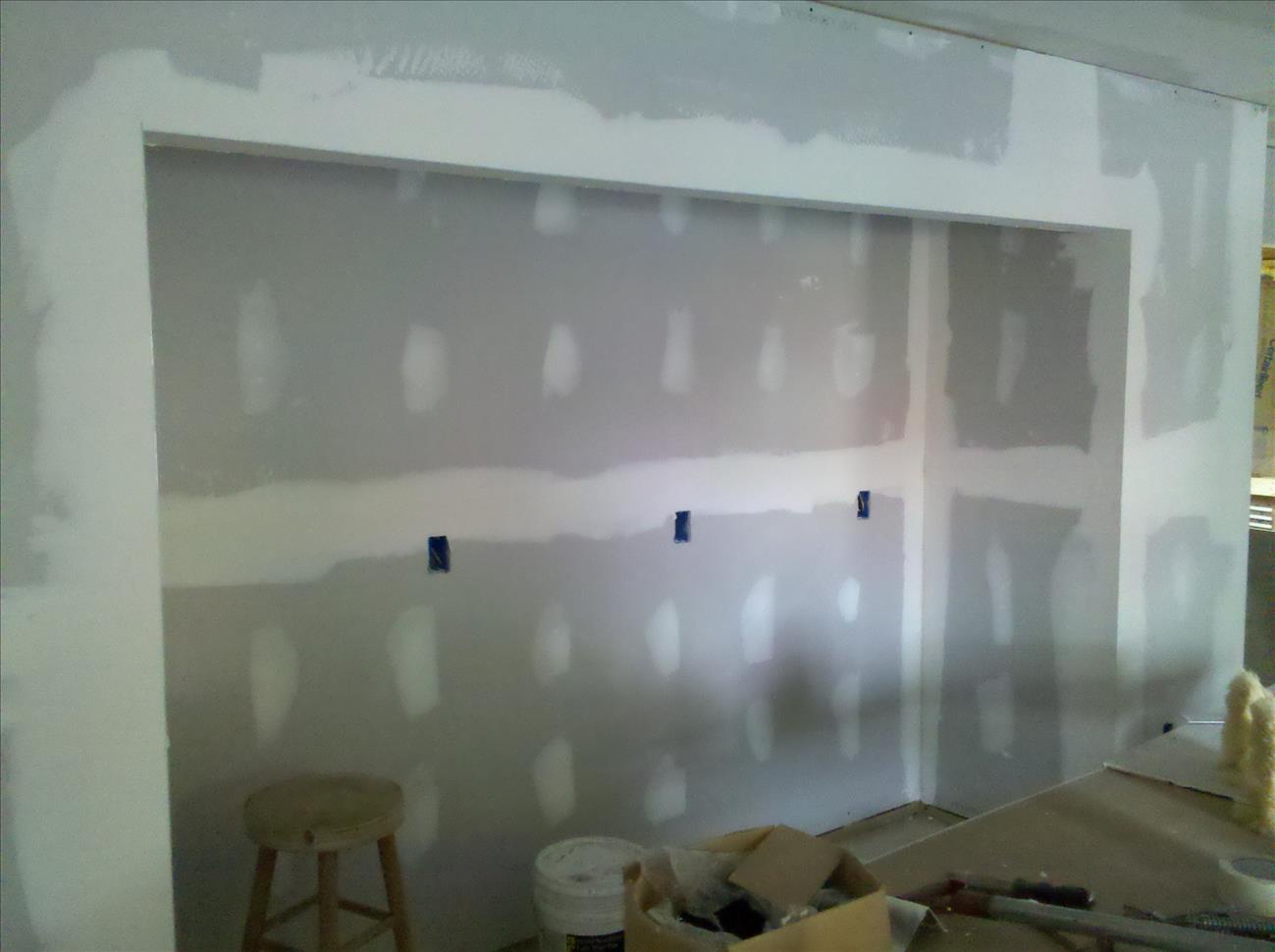Drywall installation is a pretty easy project for a DIY enthusiast, provided they learn about the basics. Finishing drywall, on the other hand, requires some expertise and finesse, making it one of those projects better left to professionals. Truth be known, they are usually really good at hanging too and can do it much faster than the average do-it-yourselfer. But do what you need to according to your own budget. Here are a few things you should be aware of, however, when hanging drywall yourself or commissioning the work.
Most homeowners aren’t aware that drywall finishing actually comes in grades as designated by several trade associations. The grades are applied based on your application for use—with with garages, attics and other unfinished spaces receiving lower grades of finish. The degree of finish is contingent largely on visibility, and also on the homeowner’s personal requirements for quality.
If, for example, you are installing cabinets over a section of drywall, less attention is given to the finishing as no one will see it. Because your contractor may have different ideas when evaluating the importance of finishing, it is good to educate yourself a bit, so you can communicate your requirements efficiently and get a corresponding bid. You will find when getting quotes, that bids may vary widely. The variances may be based on the contractor’s finishing techniques.
Here’s a brief rundown:
0 grade will not have taped joints, or the drywall screws covered in any way. This is basically no finish, which may be fine for a garage or utility room.
1 grade will have joints taped but not covered with compound. Tool marks are acceptable. The joint compound that is used for tape adhesion won’t be sanded. This is basically a very raw “finish.”
2 grade requires drywall tape to be embedded in compound, then covered with a layer of joint compound. It will not be sanded or finished. Garages and low-traffic areas are examples for this grade of finish.
3 grade requires two coats of compound over joints and a reasonably smooth surface. Note that this level of finishing would not reveal a smooth surface for really visible or well-lit areas.
4 grade means three coats of compound are applied over the joints and fasteners and sanded quite smooth. This grade is often good enough when flat paints are used. You would want this grade also if you intended to apply wall coverings. Some contractors will give you this grade without explaining or asking your opinion, which is why you need to be clear about your expectations.
5 grade means you get the above, plus the entire wall is skim coated with a thin compound for uniform smoothness and continuity. Priming would also be part of the deal. If you intended to use a semi-gloss paint or the walls were in a room with significant lighting, this would be the grade to request, and this grade will impact the price of the job.
Chances are, a drywall professional isn’t going to explain any of this to you, so now you know what to discuss. One common mistake to be aware of with drywall is the omission of expansion gaps between the floor and the drywall. There needs to be a gap at the floor to allow for expansion for humidity. If there is no gap, you may have issues with cracked seams from expansion pressure—or mold might develop if the drywall is in a garage, basement, or other damp space. This is another point you should discuss with the pro and something to consider when you are inspecting and signing off on your completed drywall job.
How much should drywall cost? The cost is about $1.50 per square foot, which can run $40-$60 per panel, depending on the panel size. Most pros will hang the largest panels possible (horizontally) to reduce the number of butted seams to finish. One other concern you should have is that they cut out window and door openings rather than putting seams at corners. Any seams placed at the corners of windows and doors will eventually crack from the structural stresses. While most pros know not to do this, occasionally someone will try to piece drywall pieces together to complete a job. It pays to be an informed consumer when hiring contractors.
Again, drywall installation is a doable homeowner job, but, given the low cost, it’s one of those things you might leave to professionals. You’ll be amazed at how quickly and cleanly they can complete a job, as they are usually very efficient at it. If you need drywall installed, get free, no-obligation estimates on our website.
Are You a Professional?
Requests for your services are coming in left and right. Let’s connect and grow your business, together.


